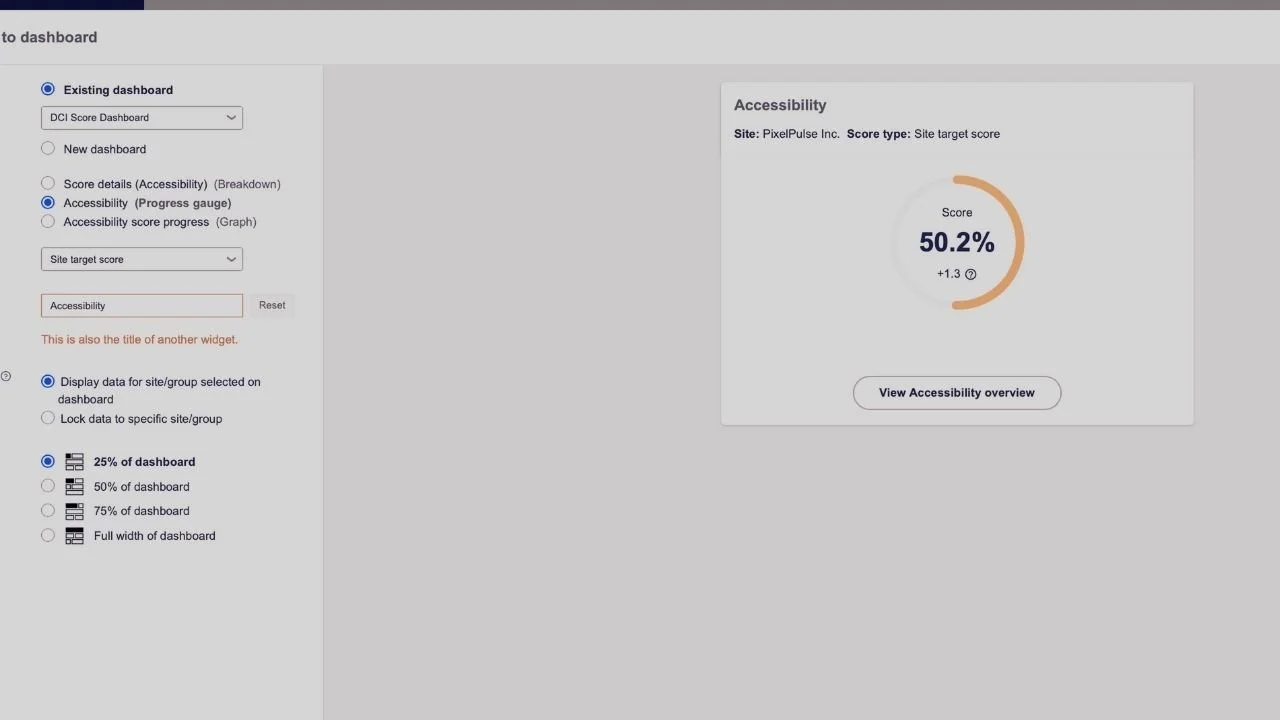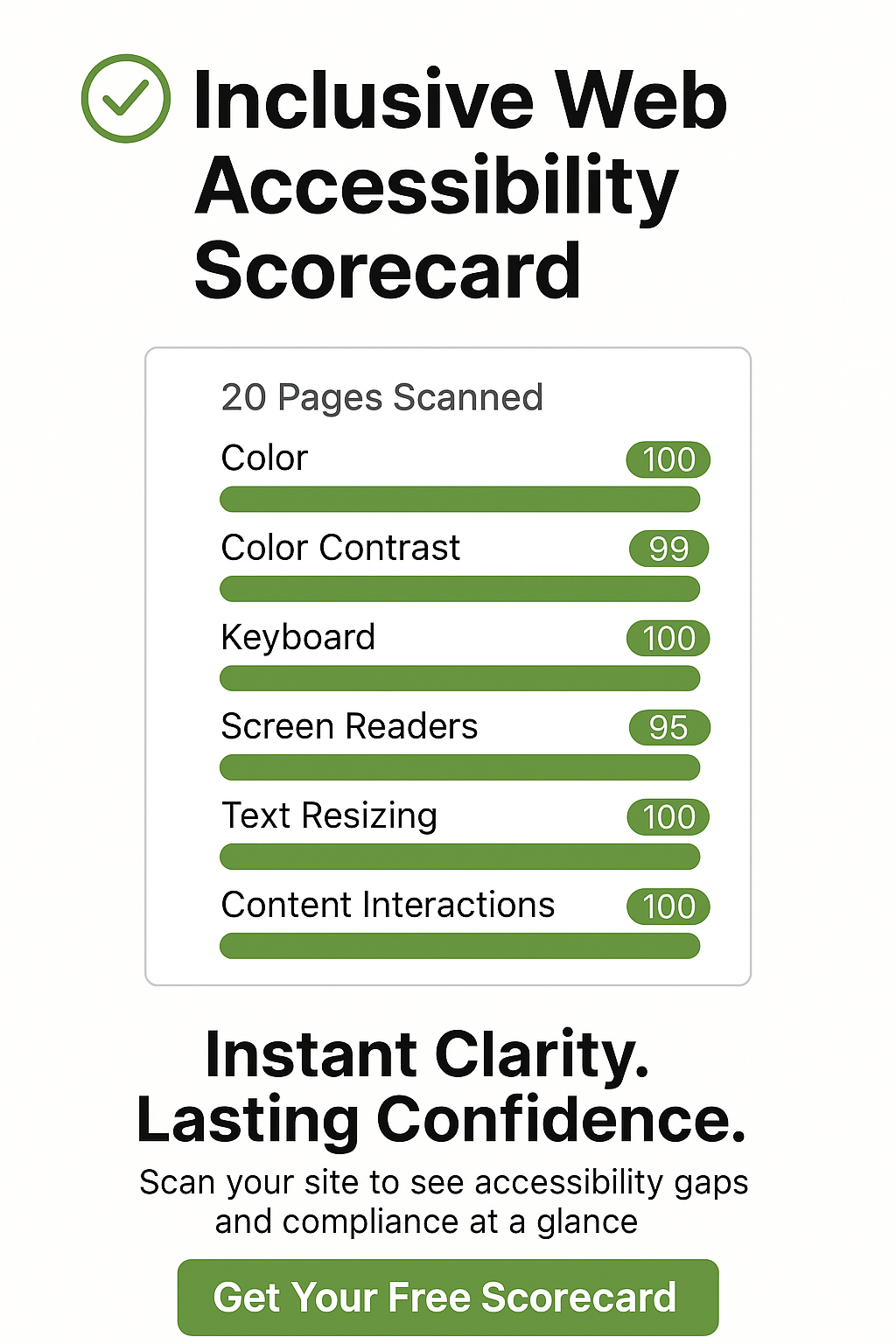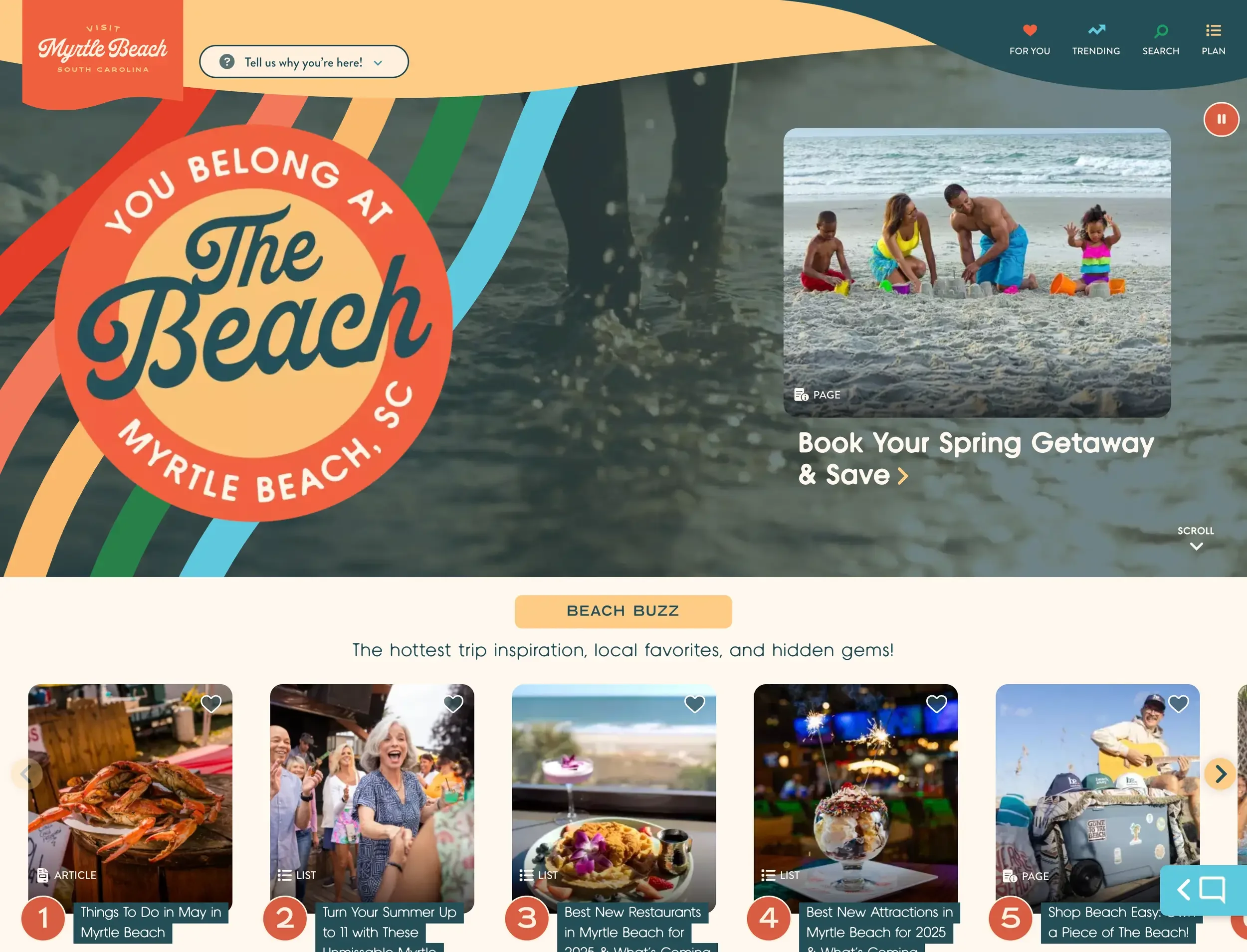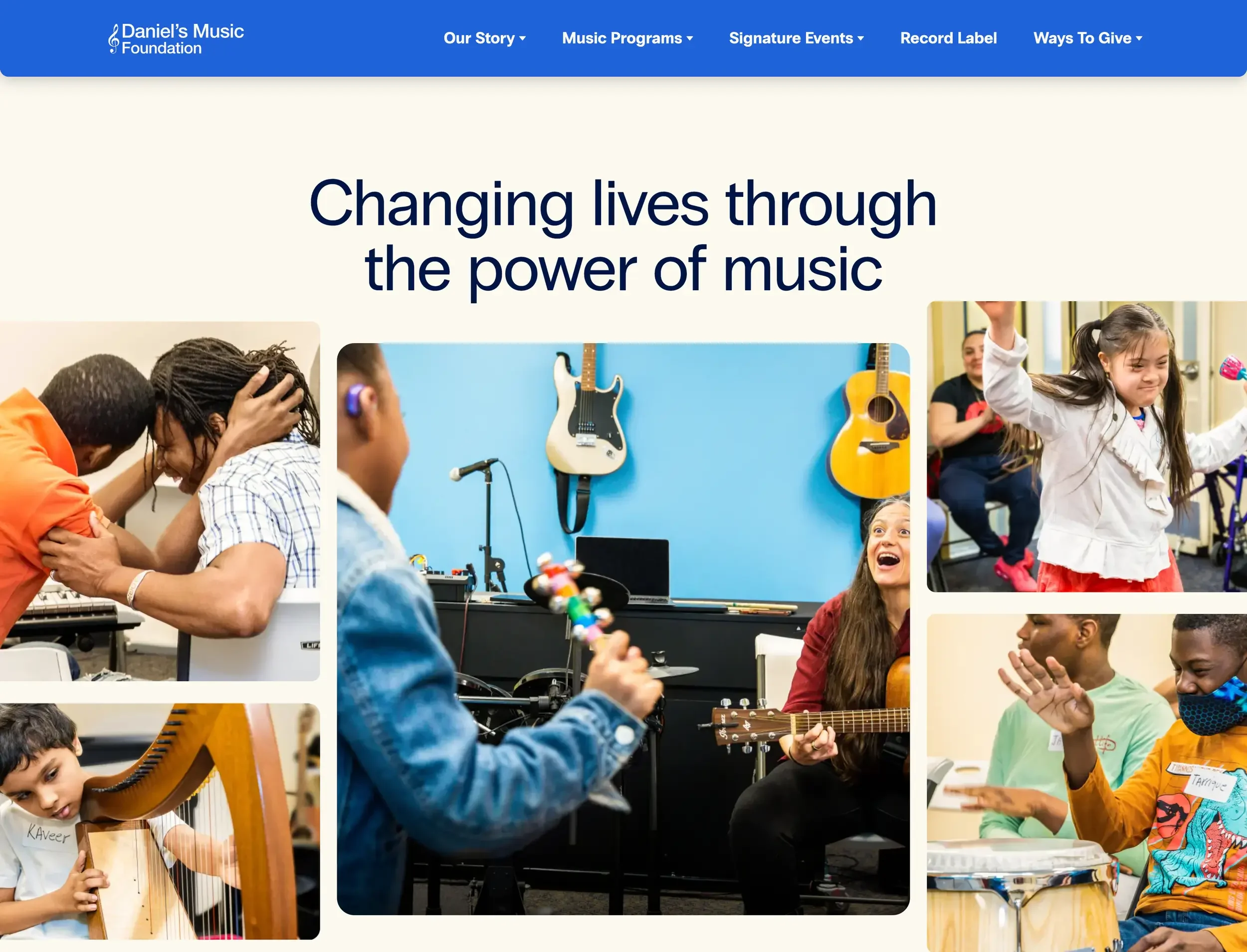Accessbilbity Score Card
Compliance Isn’t Optional—It’s a Competitive Edge
See Where You Stand—and How to Improve
Digital accessibility laws like ADA and WCAG set the standard—but without visibility, most organizations don’t know where they fall short.
Our Accessibility Scorecard brings clarity to compliance by revealing where your website performs well, and where hidden barriers might be excluding users.
Whether you’re a startup, a government agency, or a global brand, we help you move from assumption to evidence—so accessibility becomes part of your business intelligence.
Make Accessibility Measurable, Understandable, and Actionable
Turn Accessibility Data Into Actionable Direction
Our Scorecards turn numbers into clear next steps for lasting accessibility progress.
-
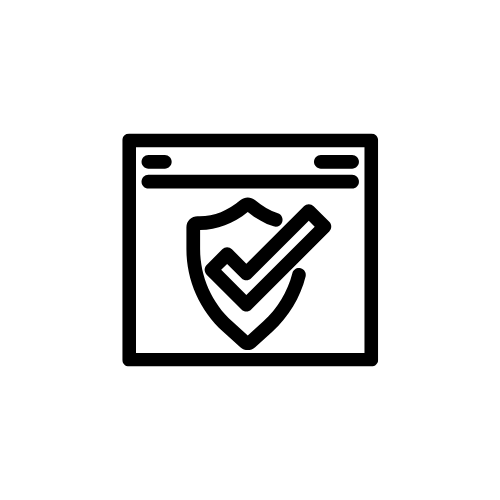
Comprehensive Compliance Summary
Overview of performance across WCAG categories.
-
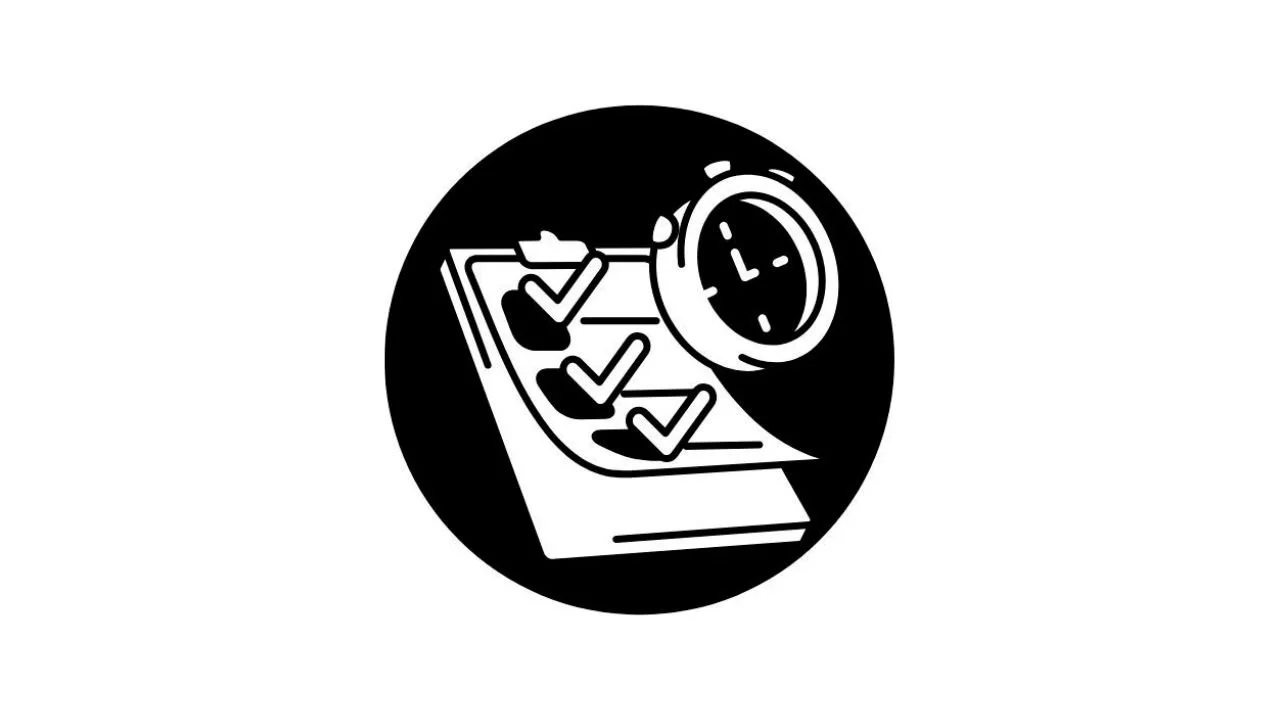
Visual Dashboards & Reports
Easy-to-share insights for leadership and legal teams.
-

Trend Tracking & Benchmarks
Measure improvement over time as accessibility becomes part of your workflow.
-
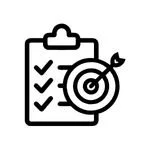
Tailored Remediation Plan
Actionable next steps prioritized by impact, effort, and risk level.
What the Accessibility Scorecard Tells You
Each scorecard measures your site against six essential WCAG compliance pillars—offering both a numeric grade and practical recommendations.
6 Key Categories:
Color & Contrast – Ensures your visual design remains readable and inclusive for all users.
Keyboard Navigation – Tests whether your site is fully usable without a mouse.
Screen Reader Compatibility – Evaluates if assistive technologies can interpret your content correctly.
Text Resizing & Zoom – Checks whether your layouts stay functional when users adjust text size or magnification.
Content Interactions – Reviews the accessibility of buttons, forms, pop-ups, and modals for smooth, inclusive interaction.
Structure & Semantics – Confirms that headings, labels, and alt text follow WCAG logic for screen readers and SEO.
We don’t just flag issues—we give you clear, prioritized guidance to close gaps and maintain compliance effortlessly.
Case Studies
Click to read more about how Inclusive Web helped audit and implement accessibility best practices for each of the case studies below.
Why Organizations Trust Our Accessibility Scorecard
Inclusive Web blends automated scanning, manual review, and real-world expertise to deliver accuracy and clarity.
-

AI-Powered Evaluation
Leverage intelligent technology for fast, precise WCAG and ADA compliance scans.
-

Human Validation
Every score is reviewed by accessibility experts who interpret results in context.
-

Enterprise-Ready Reporting
Get exportable summaries designed for executives, compliance officers, and design teams.
-

Continuous Tracking
Monitor progress across releases with ongoing updates and side-by-side score comparisons.
Don’t Get Fined.
Download Our FREE
Disability and Inclusion Imperative
Contact Us for Accessibility Support
We are experts in helping companies create world class digital experiences for people with disabilities.
Address : 215 W 90th St, New York, NY 10024
Phone : (866) 870-7232
Follow Us:
Request a free quote
-
An Accessibility Scorecard is a diagnostic report that measures how well your website or app meets WCAG (Web Content Accessibility Guidelines) standards. It evaluates core categories like color contrast, keyboard navigation, and screen reader compatibility, giving you a clear score that reflects your site’s accessibility health.
-
You can get an accessibility score by running a WCAG audit or using Inclusive Web’s Accessibility Scorecard. Our platform scans your site, evaluates it across six key categories, and provides a visual dashboard showing strengths, weaknesses, and recommended fixes.
-
A good accessibility score typically falls between 90 and 100, indicating strong alignment with WCAG 2.2 AA or higher standards. However, the real goal isn’t perfection—it’s continuous improvement and ensuring that all users, including those with disabilities, can access your digital experiences smoothly.
-
The cost of accessibility testing varies depending on website size, complexity, and whether you choose automated, manual, or user-based testing. Inclusive Web offers flexible plans—from single-page scorecards to enterprise-wide audits and continuous monitoring—so you only pay for what you need.
-
The 20 percent rule refers to the idea that addressing the top 20% of accessibility barriers can solve around 80% of user challenges. This approach helps organizations make quick, meaningful improvements without overwhelming resources—especially when guided by a structured scorecard.

